 |
I. INTRODUCTION
Though the Vietnam War was over for 40 years (since 1975), consequences of toxic chemicals used by U.S Army on human health and environment are still significant. This is one of the biggest challenges to reach the Millennium Development Goals in Vietnam.
In the passing years, Vietnam has been paid many efforts to overcoming post-war consequences of toxic chemicals while the country is still in difficult social-economic conditions. With international supports, overcoming post-war consequences of toxic chemicals has been gaining important results. Many agent orange/dioxin victims have received health care and physical rehabilitation; people who participated in resistance war and their families have been supported from the Government’s policies for national devotees; agent oranges/dioxin hotspots have been remediated step by step; the impacted ecosystems have been gradually recovered.
However, because the usage of toxic chemicals in Vietnam War was in large scale and left serious impacts, overcoming consequences is complicated and encounters many difficulties. Hence, beside the efforts of Vietnam Government, the international supports, especially from U.S Government are in need.
II. IMPACT OF TOXIC CHEMICAUS/DIOXIN ON HUMAN AND ENVIRONMENT IN VIETNAM
According to the statistic data, in the period 1961 - 1971, in Ranch Hand operation, approximately 80 million liters of herbicides were sprayed over 2.63 million ha in South of Vietnam. The amount of agent orange contributed up to 61% of total used herbicides and contained 366 kg of dioxins [5].
More than two million hectares of forest was impacted at different levels, 90 million m of timber was damaged, and 150,000 ha of mangrove and many other forest ecosystems in South of Vietnam were affected. Moreover, former U.S airbases where herbicides were stored, mixed and loaded onto airplanes and where those airplanes were washed after missions are contaminated seriously by toxic chemicals/dioxin [1, 2].
In regard of impacts on human, 3,181 of 20,585 villages as recorded in database were sprayed directly, the number of people who was exposed to herbicides was about 2.1 - 4.8 million. In terms of 1,430 other sprayed villages, number of exposed people can’t be assessed [3, 5], According to the Vietnam Association of Victims of Agent Orange, more than 3 million victims have been identified in Vietnam [4].
III. EFFEORTS IN OVERCOMING POST-WAR CONSEQUENCES OF TOXIC CHEMICAL/DIOXIN IN VIETNAM
In October 1980 (5 years after the end of war), National Committee for investigation of post-war consequences of toxic chemicals used by U.S in Vietnam (10-80 Committee) was established and carried out many researches on consequences of herbicides in Vietnam. Understanding the serious impacts of toxic chemicals/dioxin on human and environment, Prime Minister issued a decision to establish National Steering Committee on overcoming consequences of toxic chemicals used by U.S during the war in Vietnam (National Committee 33) in 1999. The establishment of National Committee 33 was to promote activities in overcoming consequences of toxic chemicals. On May 24th, 2017, National Steering Committee on overcoming post-war consequences of unexploded ordnances and toxic chemicals in Vietnam (National Committee 701) was formed; Prime Minister is the Director, so that the steering activities in overcoming post-war consequences are going to be more concentrated and comprehensive.
Besides, National action plan on overcoming consequences of toxic chemicals used by the U.S during Vietnam war to 2015 and oriented to 2020 was promulgated by Prime Minister in Decision No. 651/QD-TTg on June 1st 2012. The Secretariat of the Communist Party of Vietnam gave Directive No. 43-CT/TW on strengthening the leadership of the Communist Party in dealing with consequences of toxic chemicals used by the U.S during the war.
3.1. Environmental remediation
Facing the seriously environmental contamination caused by toxic chemicals/dioxin and its risks to human health, Vietnam Government integrated toxic chemicals/dioxin issue into legal documents on environmental protection, such as Environmental Protection Law 2014, National Strategy for Environmental Protection until 2020 and vision toward 2030.
Ministry of Science and Technology, Ministry of Natural Resource and Environment promulgated TCVN 8183:2009 on dioxin threshold in soil and sediment; QCVN 45:2012/BTNMT-National Technical Regulation on dioxin limits in soils; QCNVN 43:2012/BTNMT - National Technical Regulation on sediment quality. These technical standards have been applied in the process of evaluating, assessing and remediating dioxin contaminated environment.
In terms of environmental remediation, Vietnam functional agencies, such as 10-80 Committee, Office of Steering Committee 33, Ministry of National Defence, Dong Nai province People Committee and international organizations (United States Agency for International Development - USAID, Ford Foundation, GEF/UNDP, Hatfield Consultants...) has implemented researches to investigate and assess levels, scope of contamination and volume of soil that need to be treated. The results show that there are three dioxin hotspots, including Da Nang, Bien Hoa and Phu Cat airbases. Among those, Bien Hoa airbase is the largest dioxin contaminated area, the highest dioxin level recognized is 92 times higher than allowed limits for soil used with industrial and commercial purposes. The volume of contaminated soil in Bien Hoa Airbase is 515,000 m . In addition, Vietnam functional organizations are carrying investigations in other suspected areas.
Based on results of researches and assessment, Vietnam Government, the U.S Government and international organizations carried out the mitigation and remediation measures at 03 hotspots. At Da Nang airport, Environmental Remediation of Dioxin Contamination Project has been implemented by Ministry of Defence and USAID in 6 years (2012 - 2018), approx. 90,000 m3 dioxin contaminated soil and sediment was treated completely by in-pile thermal desorption, approx. 50,000 m of soil and sediment which have dioxin concentration below related standards were contained, 32.4 ha of cleaned soil was handover and used for the purpose of expanding Da Nang airport and for the socio-economic development of Da Nang City.
At Bien Hoa airbase, Ministry of Defence was contained approx. 150,000m3 of dioxin contaminated soil as results of XD1 (2006 - 2010) and XD2 (2014 - 2018) projects; collaborating with USAID in carrying out environmental assessment (2015 - 2016) that determined the volume of contaminated soil and dioxin levels and provided adequate information for preparing of environmental remediation of dioxin contamination in this area. In addition, in the scope of the Project Environmental Remediation of Dioxin Contaminated Hotspots in Vietnam (2011 - 2015), Office of National Steering Committee 33 constructed mitigation measures in an area of 10,000 nr to prevent the immigration of dioxin into surrounding areas in 2013; contained approx 7,500 m3 of dioxin contaminated soil at Phu Cat airbase in 2012.
In preparation for dioxin clean-up in Bien Hoa airbase area, Ministry of Defence directed Department of Military Science (Office 701), Air Force - Air Defence Command signed with USAID cooperation documents regarding the implementation of environmental remediation of dioxin contamination project. Meanwhile, Ministry of Defence directed Chemistry Command cooperated with international partners from the U.S, Japan, and Belgium in pilot testing dioxin treatment technologies
3.2. Supports for agent orange victims
In 2005, the Standing Committee of National Assembly XI promulgated the Ordinance No. 26/2005/PL-UBTHQH11 dated 29/6/2005 on privilege for people with special contribution to the revolutionary course. In 2012, the Standing Committee of National Assembly XIII issued the Ordinance No. 04/2012/UBTNVQH13 dated 16/7/2012 amending some articles of the Ordinance No. 26/2005/PL-UBTHQH 11 on the privilege for people with special contribution to the revolutionary course, to make it more practical.
On 19/7/2017, the Secretariat of the Communist Party of Vietnam gave Directive No. 14-CT/TW on further strengthening the leadership of Communist Party in works relating to people with special contribution to the revolutionary course, that includes the tasks to research, develop policies for people who were impacted by toxic chemicals and who are the third generation of people participating in the resistance war that are affected by toxic chemicals.
Ministry of Labor, Invalids and Social Affairs promulgated Circular No. 22/2016/TT- BLDTBXH dated 29/6/2016 guiding to adjust the privilege policies for group of people that are participated in the resistance war and that are impacted by toxic chemicals were certified and supported by subsidies prior to 01/9/2012; Joint Circular No. 20/2016/TTLT- BYT-BLDTBXH dated 30/6/2016 guiding to examine diseases, malformations relating to toxic chemicals exposure of people who participated in the resistance war and their children.
Ministry of Health issued Guideline on medical examination for diseases, malformations relating to toxic chemical/dioxin exposure (in Decision No. 3459/QD-BYT dated 31/7/2017); approved the project “Health care and rehabilitation for toxic chemical/dioxin victims” in the period of 2018 - 2021, that is implemented in 10 provinces including: Lao Cai, Thai Nguyen, Quang Ninh, Hai Phong, Thanh Hoa, Nghe An, Quang Nam, Binh Dinh, Dong Thap, Ben Tre (Decision No. 5305/QD-BYT dated 24/11/2017).
According to the data from Department of National devotees/Ministry of Labour - Invalids and Social Affair, at the present, 320,000 toxic chemicals exposed people who acted in the Vietnam war and their children, have been reviewed and awarded incentives, in which 159,000 people are currently receiving incentives. Beside monthly supports and allowance, people who acted in Vietnam War and their children also receive health insurance; health recovery service; priority in vocational training; incentives in education and training.
Vietnam Association of Victims of Agent Orange has been proactively participated in activities of cares and support for the victims. All levels of the association have mobilized supports for victims of agent orange in many forms, including support for building new or repairing 1972 house of charity; providing over 3,958 scholarships; supporting in jobs seeking, capital for production, health care; visiting, presenting gifts to victim of agent orange in official occasions such as Tet holiday [4],
IV. DIRECTIONS, MISSIONS AND SOLUTIONS TO OVERCOME THE CONSEQUENCES OE TOXIC CHEMICAL/DIOXIN IN VIETNAM IN THE FUTURE
Generally, directions, missions and solutions to overcome the consequences of agent orange/dioxin in Vietnam in the next future has been determined in documents of the Communist Party, the Government of Vietnam in following documents : Directive No. 43-CT/TW dated on 14/05/2015 of the Secretariat of the Communist Party of Vietnam about enhancing the leadership of the Party in activities of overcoming the consequences of toxic chemicals used by the US in the war; National action plan for overcoming the consequences of toxic chemicals used by the US in the Vietnam war to 2015 and direction to 2020; Decision No. 406/QD-BCDKPBMHH dated on 09/10/2018 of Prime Minister - Director of National Steering Committee on overcoming post-war consequences of unexploded ordinances and toxic chemicals/dioxin in Vietnam about approval of activity program in 2018 - 2020 period.
According to above documents, directions, missions and solutions to overcome the consequences of toxic chemicals/dioxin in the next future focus on following issues:
The first is to continue reviewing, adding and completing the steering documents such as national action plan for overcoming the consequences of toxic chemicals used by the US in Vietnam war to 2015 and direction to 2020; reviewing, completing the regulations, national technical standards in environmental field relating to comprehensively remediate toxic chemicals/dioxin.
The second is to continue activities of health care for victims of agent orange/dioxin, which focus on: i) reviewing, completing legal documents about determination, and implementation of policies and health care support for the victims taking into account the practical demands; ii) researching the effect of toxic chemicals on human health, preventive and treatment solutions; iii) building centre for testing, health care support for victims of agent orange/dioxin.
The third is to organize activities to remediate toxic chemicals/dioxin in hotspots, including: i) remediating the environment contaminated toxic chemicals/dioxin in Bien Hoa airbase area with financial support from the US Government and other legal financial support from organizations and people; ii) organizing investigation, assessment of present condition of toxic chemicals/dioxin in sprayed areas in the war; iii) implementing pilot projects of toxic chemical/dioxin remediating solutions, finding modern, effective and appropriate technology in Vietnam; iv) enhancing capacity of research, assessment, monitoring toxic chemical remediating technology.
The fourth is enhancing activities of communication and propaganda about overcoming the consequences of toxic chemicals/dioxin, focusing on the methods of preventing exposure to toxic chemicals/dioxin, the activities of overcoming the consequences of toxic chemicals/dioxin of Vietnam Government to attract organizations, people, inside and outside the country to contribute support to promote activities in this area.
The fifth is promoting international cooperation activities in the area of overcoming the consequences of toxic chemicals/dioxin which focusing on implementation of signed international cooperation documents; organizing cooperation activities with other countries (such as Japan, Korea, Canada and some other countries) and organizations (USAID, KOICA, UNDP...) to mobilize sources for activities of overcoming the consequences of toxic chemicals.
For the next future, National Steering Committee 701 has decided the 2018 - 2020 targets: completely remediate about 35% amount of soils with dioxin in Bien Hoa airport; organize to review 100% the number of people involved in Vietnam war and their children who related to toxic chemicals/dioxin exposure (approved in Decision No. 406/QD-BCDKPBMHH dated on 09/10/2018 of the Prime Minister - Director of National Steering Committee 701).
Generally, in the past few years, the Communist Party, the Government and people of Vietnam with international counterparts, especially the US Government had great efforts to overcome the consequences of toxic chemicals/dioxin to human and environment of Vietnam. However, due to the devastated effects of agent orange/dioxin in Vietnam, to completely remediate the environment or basically overcome the consequences to the people shall need greater efforts from all levels, sectors and international communities in the next future.
REFERENCE
1. Phan Nguyên Hồng (2002), Hậu quả của chất diệt cỏ lên các vùng rừng ngập mặn trong chiến tranh ở Viêt Nam, Proceedings of the Viet Nam-United States Scientific Conference on Human Health and Environmental Effects of Agent Orange/ Dioxin, Part I: Environmental Effects, Ha noi, 2002.tr. 164-177.
2. Phùng Tử Bôi, Trần Quốc Dũng, Lê Vãn Chẩm (2002). Ảnh hưởng của chiến tranh hóa học (1961-1971) đối với tài nguyên môi trường rùng Việ Nam, Proceedings of the Viet Nam- United States Scientific Conference on Human Health and Environmental Effects of Agent Orange/ Dioxin, Part I: Environmental Effects, Ha Noi, 2002.tr. 145-156.
3. Stellman J.M.(2003), Stellman S.D., Christian R., Weber T., Tomasallo c., The extent and patterns of usage of agent orange and other herbicides in Vietnam. Nature 422, tr. 681-687.
4. Nguyễn Văn Rinh (2018), Xây dựng Tổ chức Hội vững mạnh, Đáp ứng yêu cầu, nhiệm vụ trong tình hình mới, Tạp chí Da cam Việt Nam số 12, 2018, tr.6.
5. NAS,1974, National Academy of Sciences (NAS), National Research Council, Assembly of life sciences. 1974, The effects of herbicides in South Vietnam. Washington, DC; National Academy of Sciences.
6. Young A.L. (2009). The history, use, disposition and environmental fate of Agent Orange. XVIII, 339 p. Springer.
Than Thanh Cong
Standing Board Officer of National Committee 701




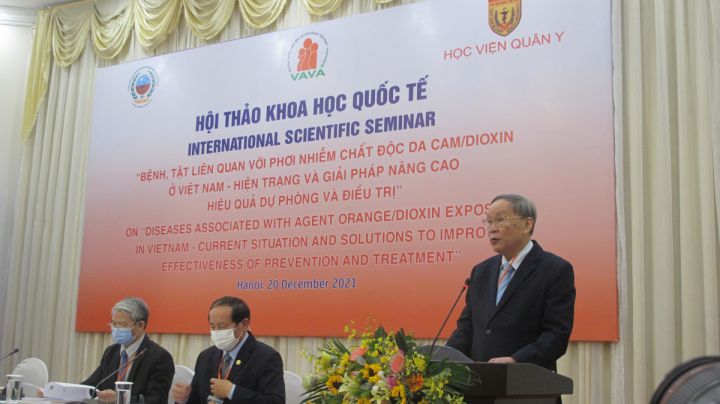

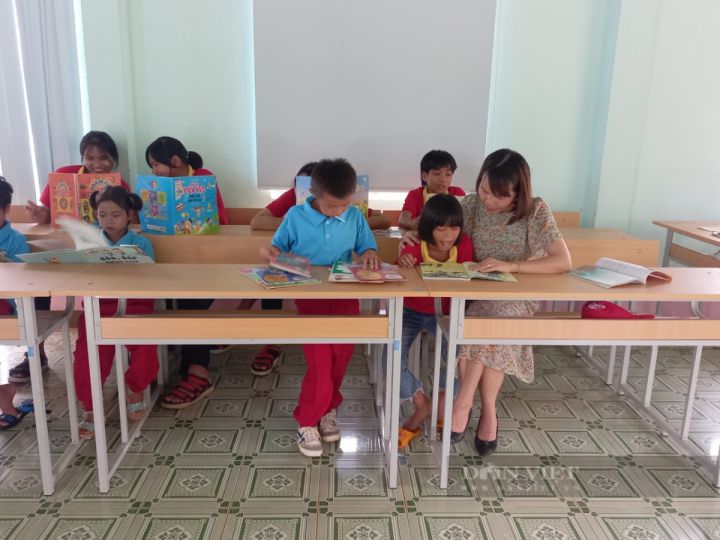
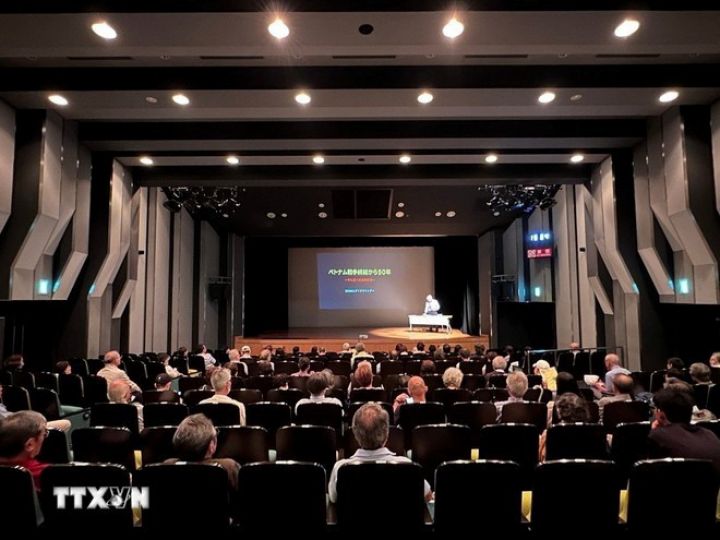


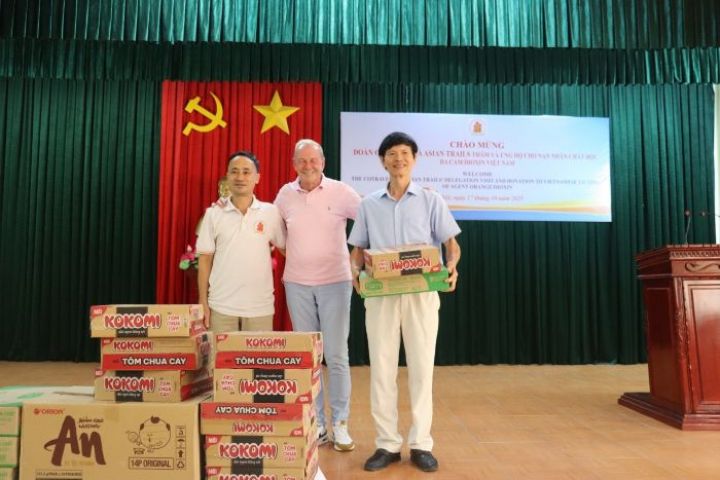












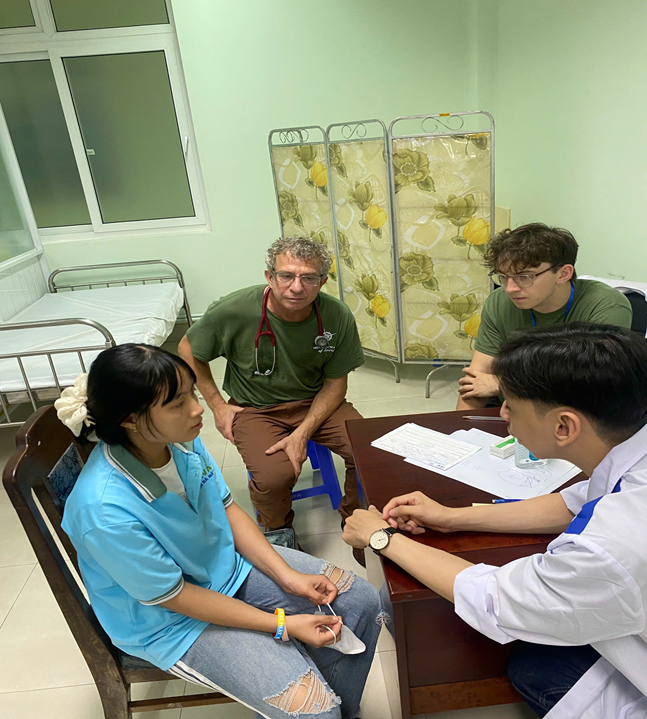
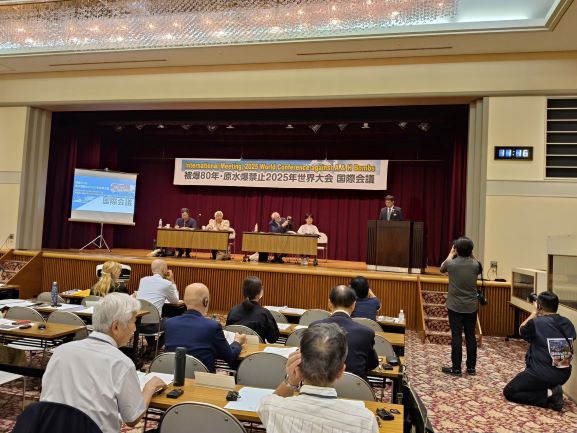
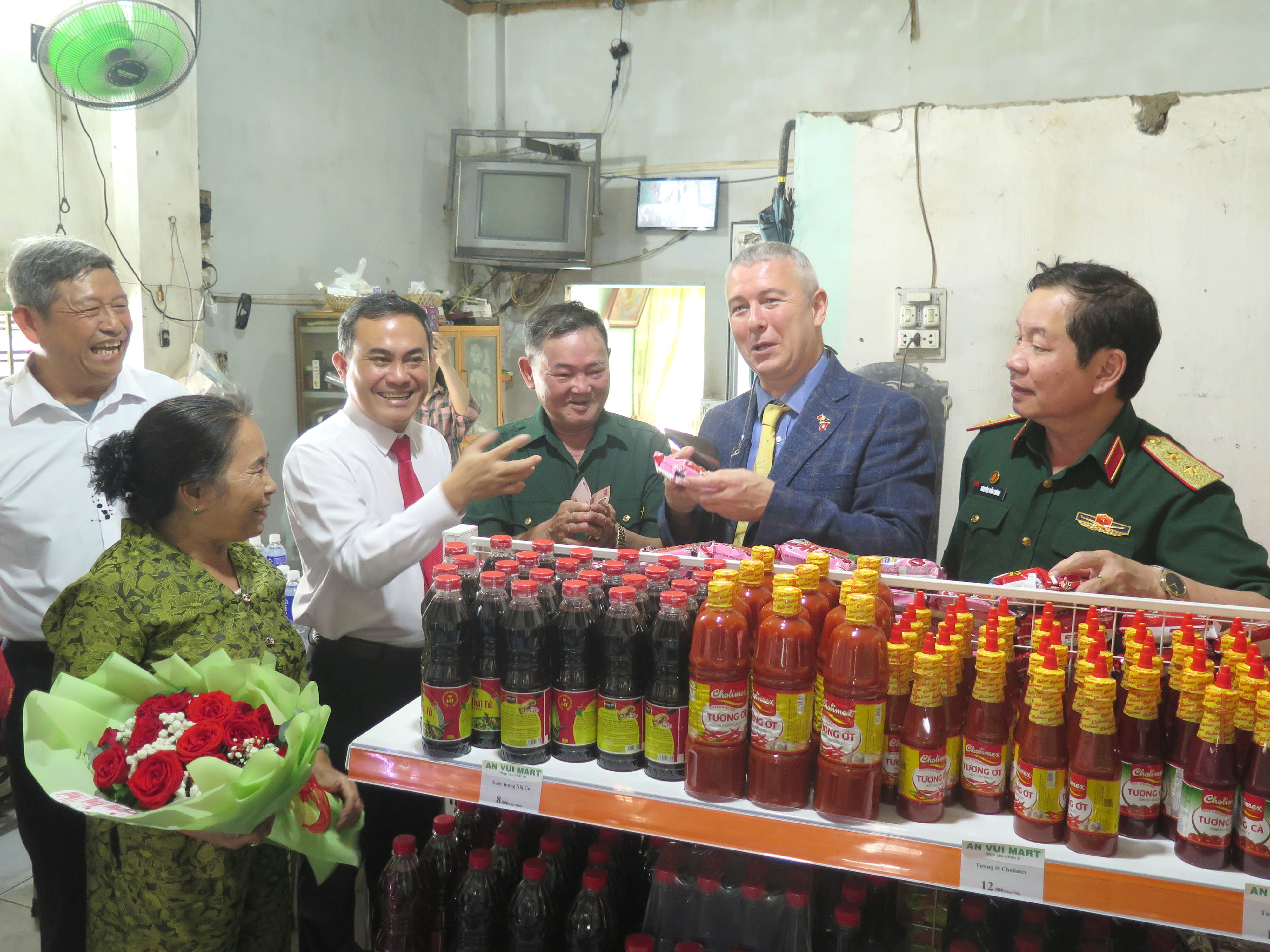
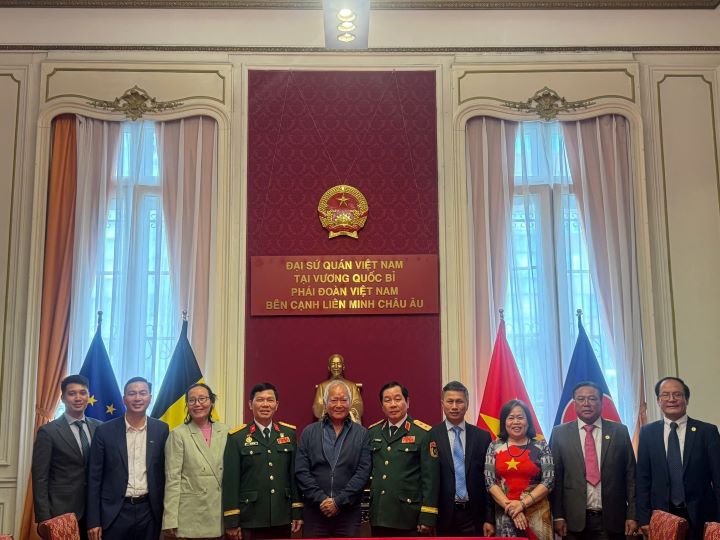

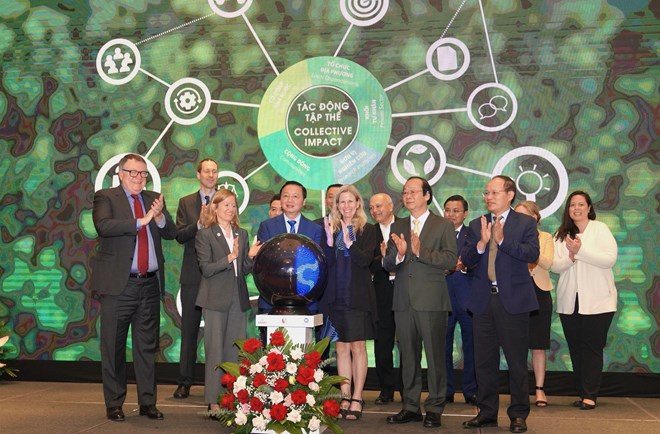

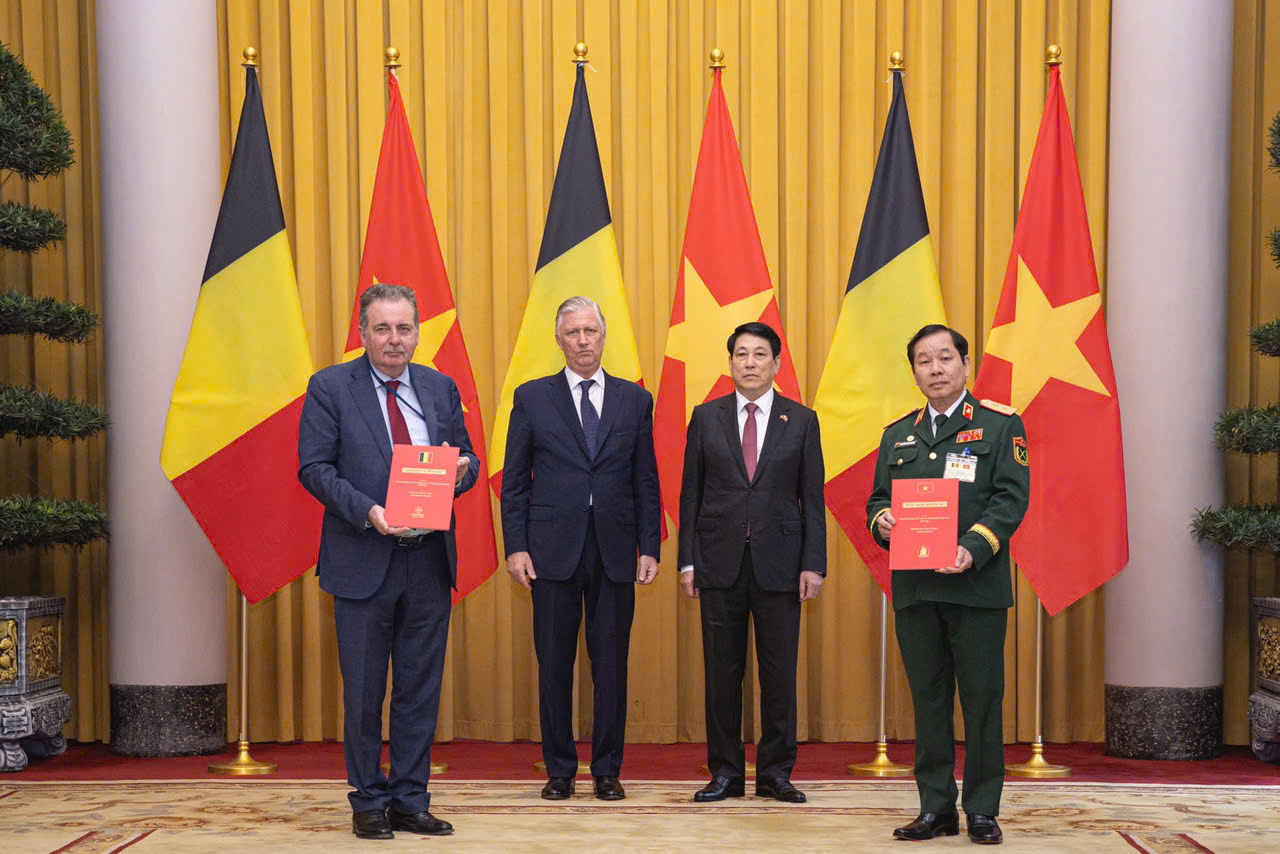


.jpg)
Comment